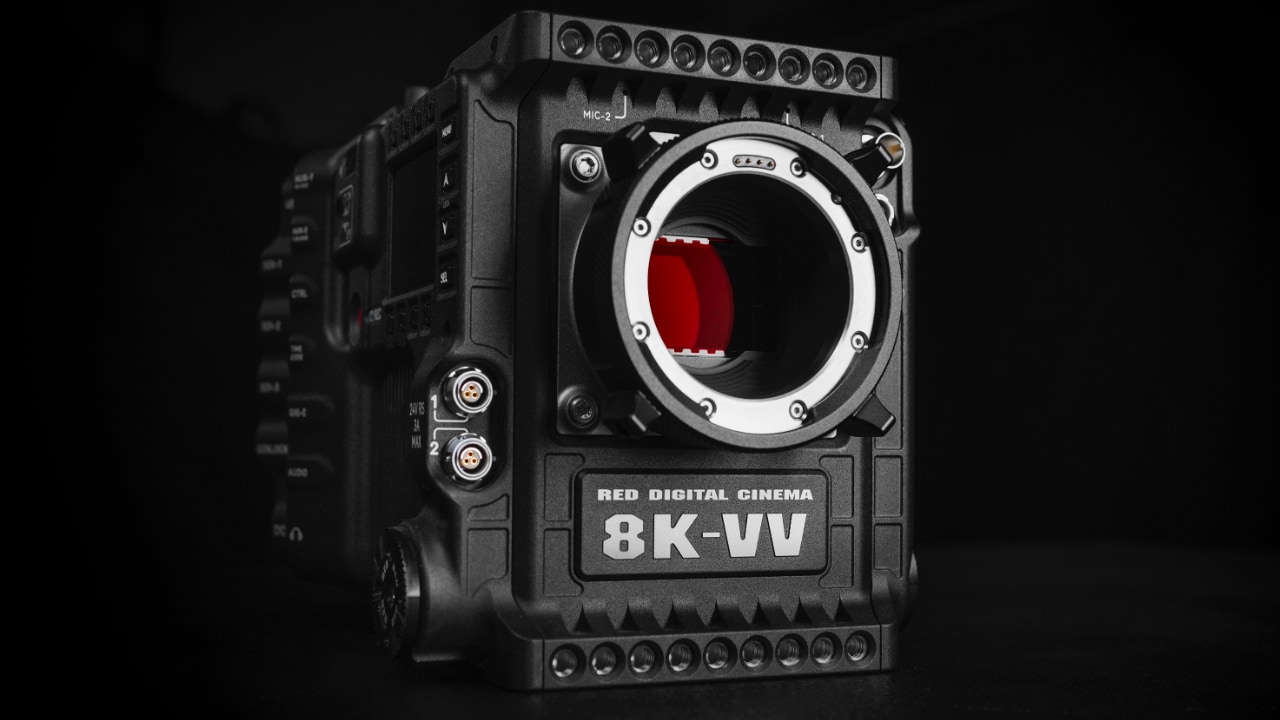
As well as discussing Kate Middleton’s Photoshop dexterity, the internet has also had a fine old time dissecting the reasons why Nikon bought RED last week, with sensor tech being close to the top of the list. Not so, says Phil Rhodes.
Every time one camera company buys another, as with Nikon’s recent acquisition of RED, there’s a flurry of speculation about why that happened, and especially what sort of technology transfer might be involved. We went into what we thought on all this last week, but background chatter regarding sensor tech has got louder since.
It’s not very hard to convince some people that the things people like about cameras are based on some sort of paranormal industrial alchemy burned into the very silicon at the heart of the thing. Like most superstitions, there’s a grain of truth to that, although it’s mostly to do with quite deliberate and understandable engineering compromises intended to create a camera that works in certain specific situations. Nobody bothered, for instance, about the first Alexa’s increasingly-mediocre sensitivity because it inevitably went out on productions where an 18K HMI would be teleported into place at the snap of a cinematographer’s fingers.
As such, suggesting Nikon has bought RED for its sensor technology is, to put it mildly, a misapprehension of how sensor manufacturing works. It’s often said that Nikon does not make its own sensors, which we should clarify as meaning that the corporate entity that is Nikon does not own the actual factory facilities which make the silicon devices that go in its cameras. Despite a detectable tendency for some companies to talk confidently about “the sensor we make”, this is actually the case for most (almost all) camera companies. ARRI is rare in that it has been quite upfront about the fact that the design work for its sensor tech was done by ON Semiconductor, and Blackmagic’s cameras have used Fairchild sensors. In both cases those names are likely to refer to design houses rather than actual manufacturing facilities.
A factory capable of building a competitive modern imaging sensor is extremely expensive, even on the scale of a company like Nikon which is in a position to outright purchase RED. Semiconductor foundries capable of cutting-edge work cost billions, and given Intel’s years-long struggle to commercialise its 5nm process, there’s no guarantee of success even then. This is not something that even an ARRI or a Blackmagic are in a position to set up internally. As such, when camera companies make reference to the idea of manufacturing sensors, unless we know very specifically otherwise, the company is inevitably describing a process involving soliciting a design and then having that design tested and built by a facility for hire.
Sensor sensibility
Imaging sensors are tricky. That’s partly because they are, by microchip standards, enormous. Compared to a computer processor or memory array, sensors are huge, because we specifically want them to be huge. To some extent, manufacturing costs are determined by how many of those big circular silicon wafers are involved, and the bigger the device, the fewer you can fit on a wafer. At the same time, the size increases the risk that any of them might later end up including a catastrophic flaw, and being a reject. Sensors are also mixed-signal devices, handling both tiny analogue and bigger digital signals. They include both CMOS digital logic and analogue photodiodes, which in an ideal world would be made using different techniques, but mostly can’t be (though that is changing).
There are probably less than a dozen places in the which might be willing and able to execute a design suitable for a cinematography camera. Two of them are indeed owned, in some sense, by camera companies. We should be clear that the part of Sony, which owns the company’s semiconductor foundry, is about as separate from the part of Sony, which makes the Venice and Burano, as it’s possible to be while still writing “Sony” on the outside of the building. The word “conglomerate” has never been more appropriate. Still, Sony and Canon can claim to quite genuinely make their own sensors in wholly-owned company facilities. Others, not so much.
Consider also the idea that (the part of) Sony (which makes sensors) might actually manufacture sensors for Nikon, while simultaneously, (the part of) Sony (which makes cameras) and Nikon are competitors in the stills camera market. The reason that’s particularly tricky is that competitive photography sensors will involve a significant amount of intellectual property both in design innovations presented by the client and the specific manufacturing techniques applied by the foundry. Nikon’s sensors built by Sony, for instance, are likely to differ considerably from Sony’s sensors built for Sony. We’re never likely to find out exactly how that’s organised in the high-level meeting rooms of Japanese electronics companies, but we can safely imagine heads being scratched and a lot of coffee being consumed. In the end, Sony makes a lot of money manufacturing sensors, and presumably it would like to continue making a lot of money manufacturing sensors, albeit sensors for smartphones rather than movie cameras.
In the end the reason Nikon found RED an interesting prospect is known only to Nikon, but it’s presumably for similar reasons to Nikon’s acquisition of Mark Roberts Motion Control in 2017. Whether or not it’s anything to do with the sensor technology seems unlikely, considering Nikon has a long history of high-performance sensors regardless who actually pays the bills at the factory where it happens. Either way, if Nikon had wanted to make a cinema camera, it probably could have done, with or without RED. Nikon is not new to this, and it’s at least as likely the company is interested in access to business beyond its traditional still photo arena.
That, and now it has access to RED’s patents on compressed raw, and technology patents are an issue we’ve discussed in the past.
Tags: Production Cameras RED Nikon


Comments